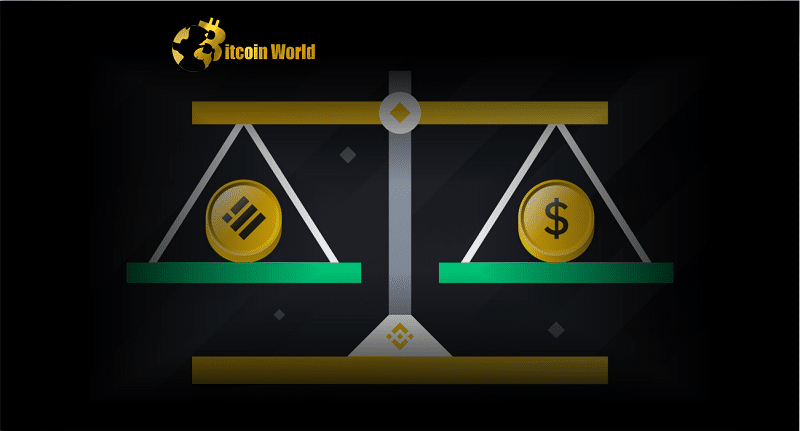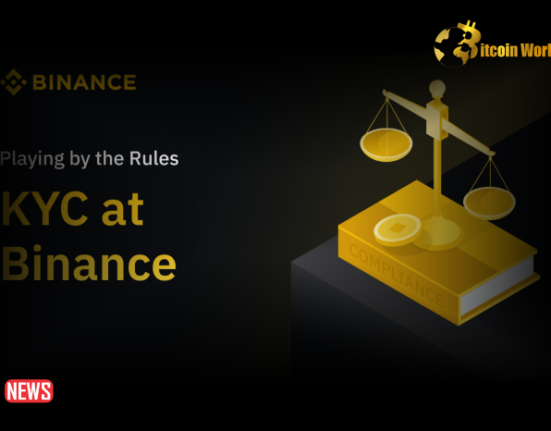Recent scrutiny and FUD (fear, uncertainty, and doubt) surrounding Binance and its affiliated BUSD (Binance USD) stablecoin have raised concerns about the digital asset’s safety and reserves.
While it is true that regulatory scrutiny and negative press can cause fluctuations in the value of any digital asset, understanding the specific concerns and evaluating the overall safety of BUSD as an investment is critical.
One of the main concerns about BUSD is its connection to Binance, a cryptocurrency exchange that has recently come under increased regulatory scrutiny. The US Commodity Futures Trading Commission has charged the exchange and its CEO, Changpeng ‘CZ’ Zhao, with trading violations.
In addition to the CFTC allegations, the CEO is facing a $1 billion lawsuit for promoting unregistered securities. However, the drama continues to take unexpected turns. Unverified rumors have recently circulated about Zhao being issued an Interpol ‘Red Notice,’ implying that he is wanted for arrest.
As a result, some regulators have limited or prohibited Binance’s operations in their respective jurisdictions. As a result, many users rushed to withdraw their funds from the exchange, totaling more than $1.5 billion, according to the exchange’s March report. Despite the Binance team’s efforts to clear the air, its native BNB coin experienced a 4% price drop, which has since mostly recovered.
But this isn’t the only ambiguity surrounding Binance and its operations. It’s critical to understand that the Binance stablecoin comes in two flavors: a Binance-pegged BUSD and an Ethereum-based Paxos-backed BUSD stablecoin. According to the findings, the collective collateral backing of stablecoins may not be fully transparent.
Binance’s representative admitted flaws and early operational issues with its BUSD stablecoin on January 11. Binance’s acknowledgement comes as the exchange has faced a barrage of public scrutiny over its finances and missing collateral.
Paxos, the BUSD token provider, ended its partnership with Binance later that month. In response to the regulator’s notice, Paxos ceased minting BUSD, which had a direct impact on the stablecoin’s peg to the US dollar. The situation deteriorated after three crypto-friendly banks failed.
In the midst of growing concern about stablecoins, Changpeng Zhao stated that the exchange will convert the remaining $1 billion funds in its Industry Recovery Initiative to “native crypto” due to “changes in stablecoins and banks.” Among these cryptocurrencies were BTC, BNB, and ETH.
According to Binance, the swap was required due to Paxos’ decision to stop minting BUSD, which resulted in a gradual market cap reduction. The BUSD supply continues to decline, with approximately $113 million worth of BUSD remaining in the Binance Fund Wallet.
Binance has converted over 800 million BUSD from its Recovery Fund to other cryptos in total. This sparked a slew of stories. Some of Zhao’s responses compared the situation to what FTX was doing prior to its demise.














